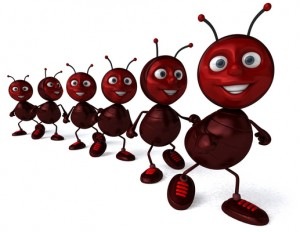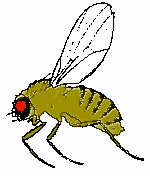 Here’s another way to think about Halloween candy — how much walking will it take to work off the calories in each piece?
Here’s another way to think about Halloween candy — how much walking will it take to work off the calories in each piece?
These are some of the calculations from walking.com:
- 1 Fun Size candy bar (Snickers, Milky Way, Butterfingers, etc. comes to 80 calories. You will need to walk 0.8 miles, 1.29 kilometers, or 1600 steps, assuming you cover one mile in 2,000 steps.
- 2 Hershey’s Kisses comes to 50 calories. You will need to walk 0.5 miles, 0.80 kilometers, or 1000 steps, assuming you cover one mile in 2,000 steps.
- 2 Brachs caramels comes to 80 calories. You will need to walk 0.8 miles, 1.29 kilometers, or 1600 steps, assuming you cover one mile in 2,000 steps.
- 1 mini bite-size candy bar (Snickers, Milky Way, Butterfingers, etc.) comes to 55 calories. You will need to walk 0.55 miles, 0.88 kilometers, or 1100 steps, assuming you cover one mile in 2,000 steps.
- 1 Fun Size M&M packet – Plain or Peanut, comes to 90 calories. You will need to walk 0.9 miles, 1.45 kilometers, or 1800 steps, assuming you cover one mile in 2,000 steps.
- 1 mini Reese’s Peanut Butter Cup comes to 33 calories. You will need to walk 0.33 miles, 0.53 kilometers, or 660 steps, assuming you cover one mile in 2,000 steps.
- 1 full size chocolate candy bar (Snickers, Hershey, etc.) comes to 275 calories. You will need to walk 2.75 miles, 4.43 kilometers, or 5500 steps, assuming you cover one mile in 2,000 steps.
- 1 King Size chocolate candy bar (Snickers, Hershey, etc.) comes to 500 calories. You will need to walk 5 miles, 8.06 kilometers, or 10000 steps, assuming you cover one mile in 2,000 steps.
- 1 small Tootsie Roll comes to 25 calories. You will need to walk 0.25 miles, 0.40 kilometers, or 500 steps, assuming you cover one mile in 2,000 steps.
If You Eat Them All . . .
2 Brachs caramels, 2 Hershey’s Kisses, 1 small Tootsie Roll, 1 Fun Size candy bar (Snickers, Milky Way, Butterfingers, etc.)1 mini bite-size candy bar (Snickers, Milky Way, Butterfingers, etc.), 1 Fun Size M&M packet – Plain or Peanut, 1 mini Reese’s Peanut Butter Cup, 1 full size chocolate candy bar (Snickers, Hershey, etc.), 1 King Size chocolate candy bar (Snickers, Hershey, etc.), …that comes to 1188 calories. You will need to walk 11.88 miles, 19.16 kilometers, or 23760 steps, assuming you cover one mile in 2,000 steps.




